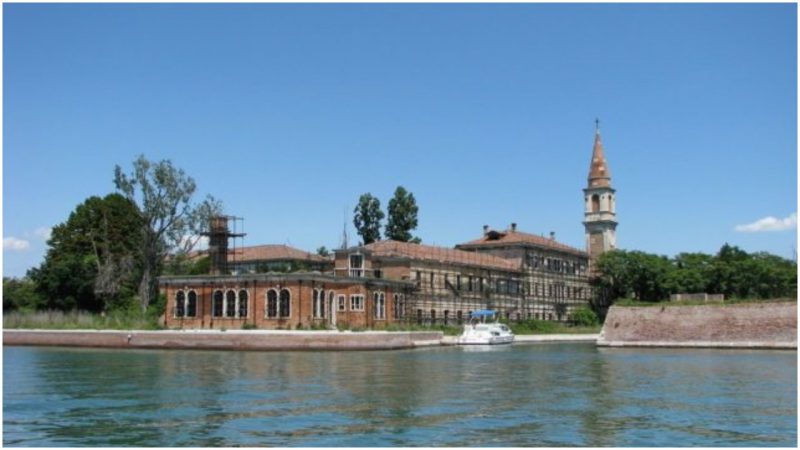What does it take to become the world’s most haunted location? Considered by some to be the most definitive haunted island in the world and by others to even the world’s most haunted location, Poveglia’s history is riddled with the stuff of which nightmares are made. Located in the Venetian Lagoon, with a view of the magnificent “City of Water”, the small isle served as a quarantine for plague victims throughout the ages, as well as a notorious mental asylum in which human experiments were conducted in the early 20th century.
But even before all that, the island of Poveglia was marked by bloodshed.
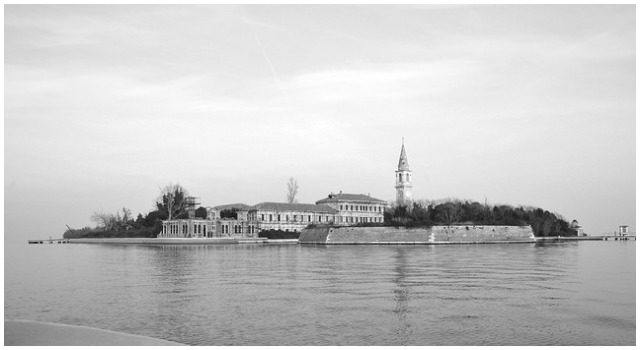
The first inhabitants settled in the year 421, out of pure necessity, as they were fleeing from the Germanic and Hun “barbarian hordes” invading the Roman Empire. Although the island offered natural protection, they weren’t spared from fencing off attempts by the barbarians to invade and take over their small refuge.
Nevertheless, the settlers survived and by the 9th century, Poveglia’s population grew steadily. However, in 1379, the island was evacuated on the pretext that it was to serve the Venetian navy as a vanguard defense position. For this purpose, an octagonal fort was built, and it stands to this day.
What followed was a wave of plague epidemics that hit Italy in the early 15th century. Poveglia, along with other small islands across the lagoon, was proclaimed a “lazaretto” ― a quarantine station on which arriving boats were to go through a medical inspection before they could land at Venice.
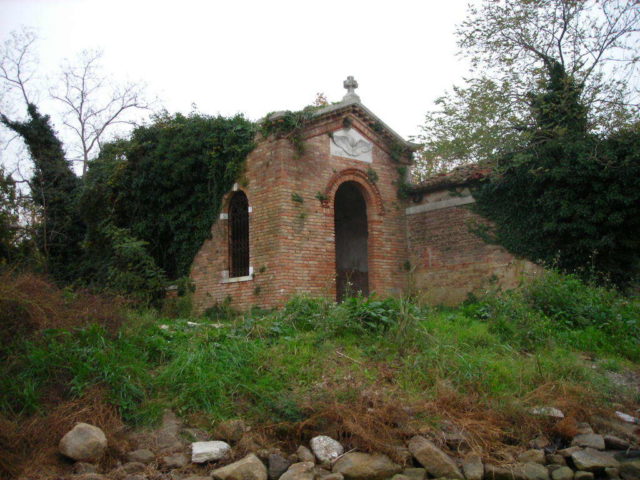
It was determined that if the people aboard showed symptoms of plague, they would spend 40 days on the island. After the 40-day trial, they were either declared healthy or left for dead.
Fun fact: this was how the word “quarantine” came to use, as it is the Italian word for the number “40”.
Less fun fact: as the plague epidemic took hold in Italy, lazarettos like Poveglia soon became cramped with sick people, all faced with the fact that a horrible death was the only thing that awaited them.
By some accounts, it was indeed Hell on Earth, for the land became laced with mass graves and burning grounds on which the dead were pilled up and incinerated.

Since the plague had penetrated into the city despite the preventive measures, those suffering from the disease in Venice were transported onto the island against their will.
The fear induced mass paranoia, so in many cases, the people who were banished to Poveglia weren’t suffering from the plague in the first place but were rather just suspected of showing some early symptoms.
All this time the bodies stacked up, counting hundreds of thousands. Between 1629 and 1631, during the years when the Black Death made its final and most horrible visit to the Venetian Lagoon, there was a seven-month period in which 80,000 people perished.

All of them were either dead on arrival or spent their last painful days on Poveglia or one of several other lazarettos that were still in function.
The islands around Venice were nothing more than dumping grounds for corpses, and the living dead who wandered in packs until dead, or worse, buried alive.
The island was patrolled by doctors who wore ghoulish bird-like masks, with their “beaks” stuffed with herbs that were supposed to prevent the bacteria from entering their respiratory system.
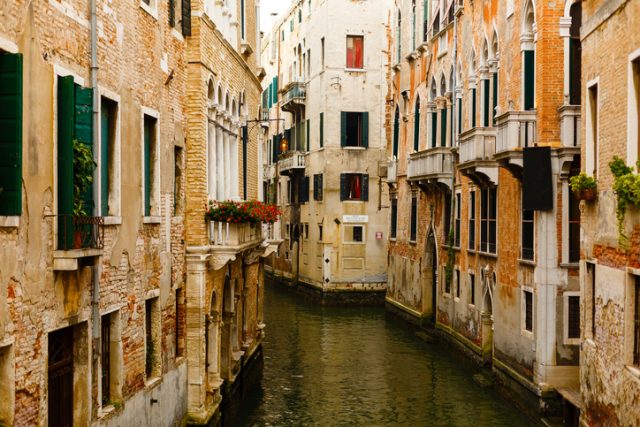
By the end of the epidemic, Italy had lost one-third of its population, finally closing a dark chapter in its history. It is estimated that more than 160,000 corpses were disposed of on Proveglia alone. As a consequence, the earth on the island is allegedly mostly composed of human ash. Nevertheless, the Venetian health authorities remained cautious regarding the re-emergence of the plague. The lazaretto was maintained up until 1803, when it was finally abandoned.
One would think that such morbid history constitutes as more than enough, however, another dark episode awaited Poveglia in the early 20th century, when its isolation was used once again ― this time for the confinement of the mentally ill. In 1922 an asylum was opened, partially using the existing buildings which once served to house the victims of plague.
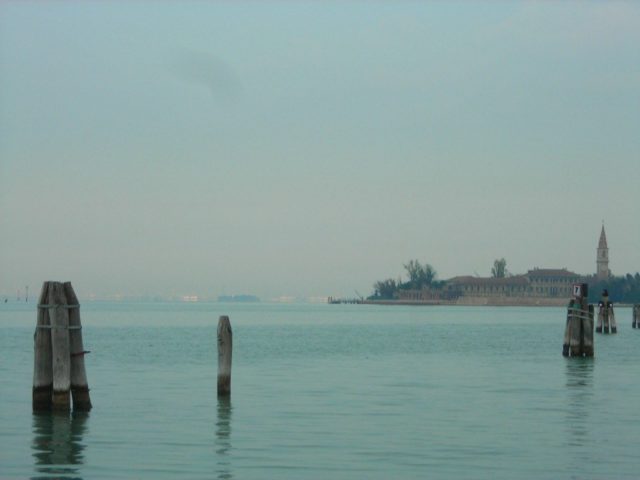
Like something straight out of a Marry Shelley novel ― burdened with its violent past, the Psychiatric Department, accompanied by a creepy bell tower, became home for troubled souls who were reportedly molested by the staff.
In addition to this, reports were made of patients saying that they hear voices and screams that kept them awake at night. They claimed that restless spirits possessed the island, and were haunting the living that resided it. However, the most notorious case regarding the ill-treatment of patients on the island didn’t include ghosts and ghouls, but rather an insane doctor who was keen on conducting lobotomies using hammers, nails, drills, and chisels on his subjects.
Allegedly, the sadistic physician freely proceeded with doing all sorts of terrible experiments, without much care for sanitary measures or anesthetics, in the asylum’s bell tower.
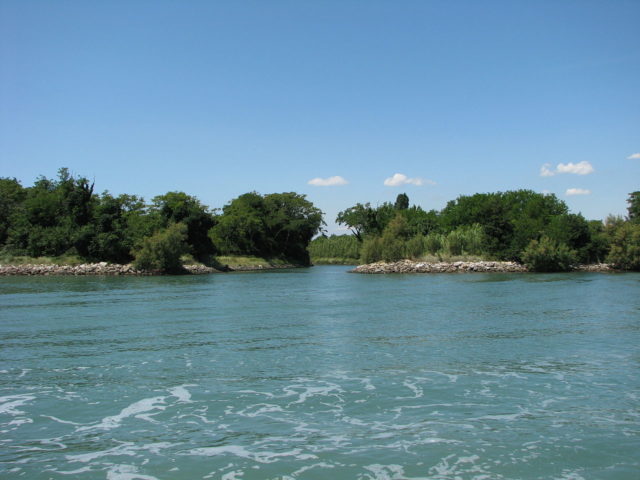
It was there where he would finally meet his end, although under undisclosed circumstances. One version of the story claims that the good doctor was driven mad by his actions and decided to commit suicide.
Another one says that he himself was having visions of specters, shadows, and ghosts and that he was pushed off the tower by an otherworldly entity.
This legend also includes a nurse who witnessed the fall, who also swore on her life that the doctor was still alive for a few seconds, only to be consumed by a fog-like apparition that took his last dying breath.
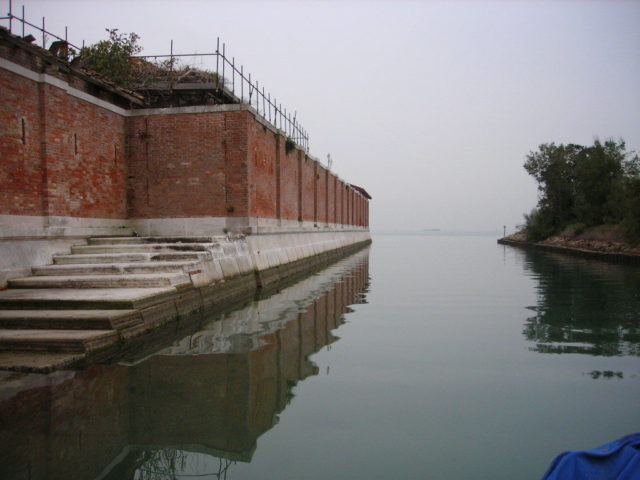
Despite the scary stories surrounding it and its reputation as the world’s most haunted location, the Psychiatric Department on Poveglia somehow managed to stay operational until 1968. After the asylum was closed, the island was sold at auction but failed to keep its two consecutive owners, with rumors circulating that one of the owner’s daughters received an injury to her face in an incident attributed to supernatural forces.
Read another story from us: 30 Years Ago, Three Men At Chernobyl Saved Millions of Lives
To this day, Poveglia remains intertwined with the legends and myths that surround it as well as being the world’s most haunted location, and to this day attracts adventurers keen on visiting this “Isle of the Dead”, although it is prohibited by the Italian government. While some manage to sneak in, rarely does anyone wish to go back, for the aura of the dark and gruesome history of the place still looms around it, making it a very unpleasant tourist destination.
